Ask Ethan # 111: Do galaxies die?
Even the cosmic home of our solar system will someday disappear. But how exactly?
If you don’t say goodbye to your loved ones, and if you don’t move to a completely new place, you can only wait for a long and gradual deterioration, eventually leading to extinction.
- Jean Dubuffet
This week there were a lot of questions and suggestions for our periodical column, and I even had to ask for help to make a decision. And as a result, it was decided to answer the question of John Little, who asks us to go to a distant future:
Do galaxies die? If so, how does it look?
Let's start by exploring our home, the Milky Way, and its neighbors.
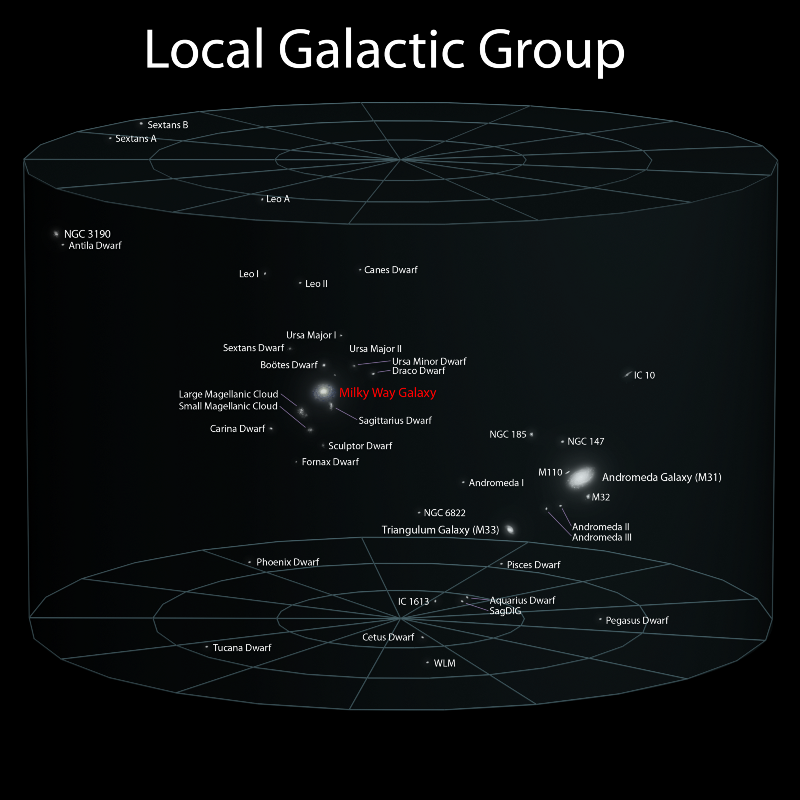
It is believed that the local group of galaxies (we and our cosmic neighbors) consists of us, Andromeda (our elder sister) and a handful of unknowns. It's time to get to know them. In particular:
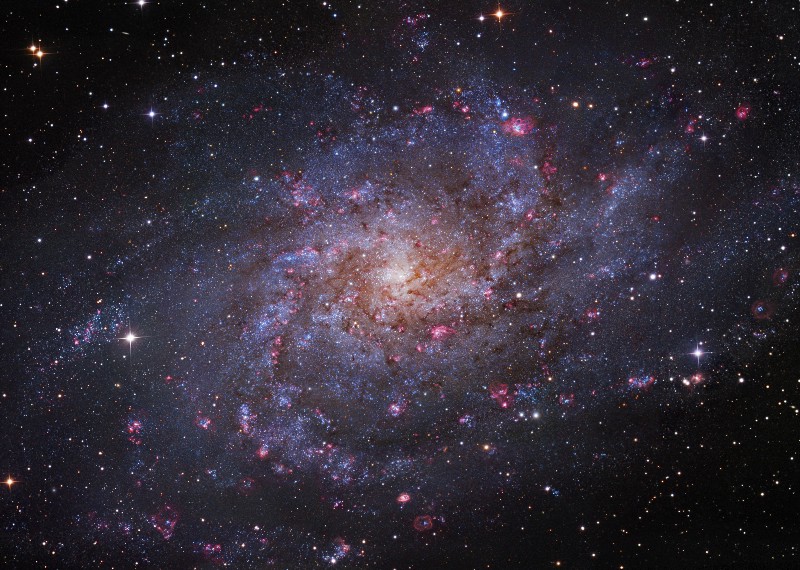
')
No.3: Triangle Galaxy. Its mass is about 5% of the Milky Way, and it is the third in the list of the largest galaxies of our local group. It has a spiral structure, has its own satellites, and it can itself be the Andromeda satellite.
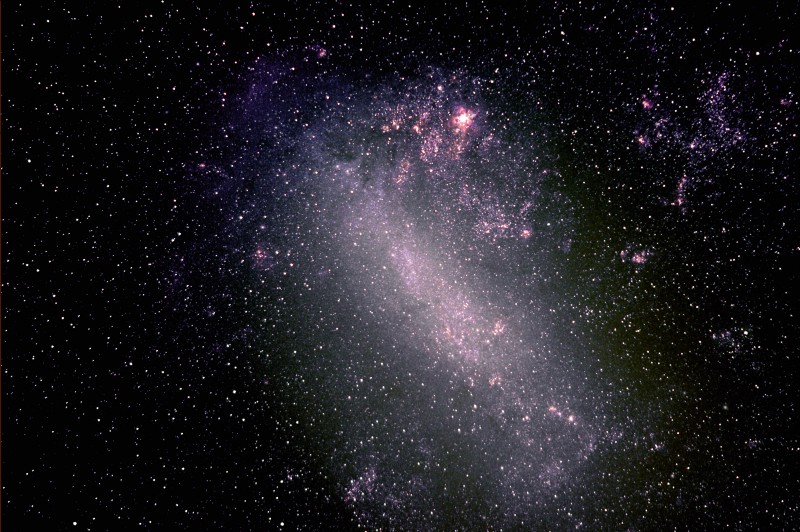
№4: large Magellanic cloud. Its mass does not exceed 1% of the Milky Way, but it is the fourth in the list of the largest. It is very close to the Milky Way - no more than 200,000 light-years, and starburst is explosive in its activity. The gravitational tidal forces of our Galaxy cause gas to shrink, and give birth to the newest, hottest and largest stars in the Universe.
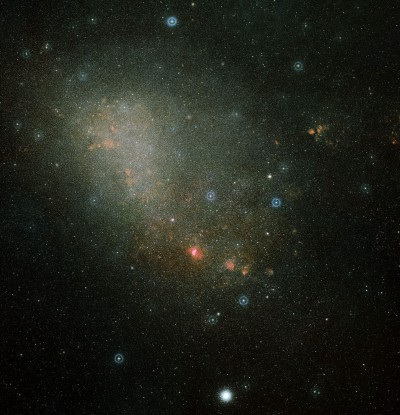
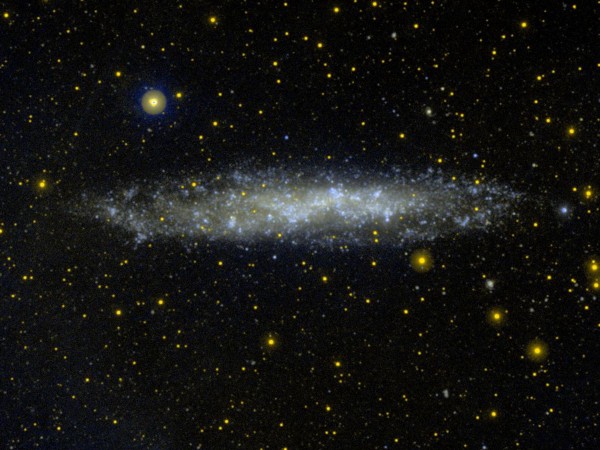

# 5-7: the small Magellanic cloud, NGC 3190 and NGC 6822. Their masses range from 0.1% to 0.6% of the Milky Way, who is larger is unclear, but these galaxies are also quite large - in each matter per billion solar masses.
# 8 and 9: Elliptical galaxies M32 and M110. They may be “only” satellites of Andromeda, but each of them has a billion stars, and they may turn out to be more massive than the mentioned No. 5, 6 and 7.
And besides them, there are still at least 45 known, smaller galaxies that make up our local group. Despite the huge number, mass and size, none of them will not be preserved in its present form in a few billion years.
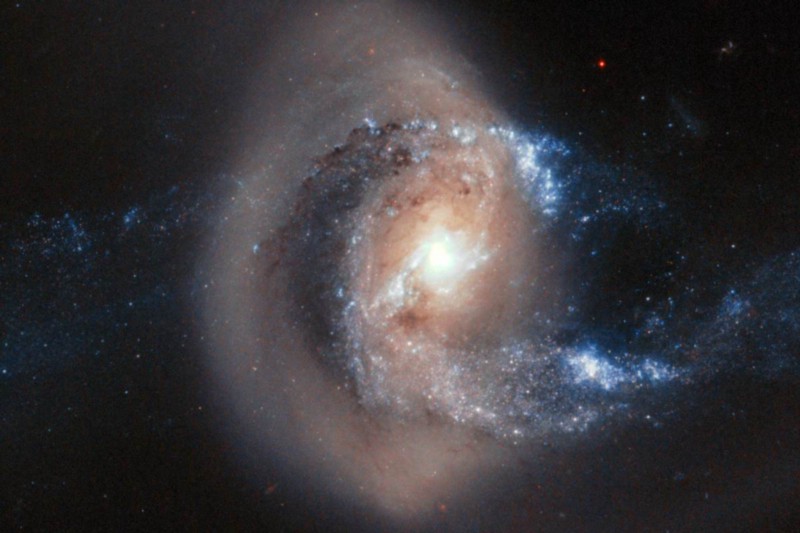
Over time, galaxies interact through gravity. This not only tightens them together through attraction, but also affects them through tidal forces. For us, the tides - this is what the moon creates, attracting the oceans of the Earth, resulting in a bulge, which gives the effect of the tide, when a part of the planet passes through it.
But from the point of view of the galaxy, the tides are not so obvious. A part of a small galaxy, located close to a large one, will be attracted with greater force, and its remote part - with a smaller one. As a result, small galaxies stretch and eventually break through their interaction with large ones.
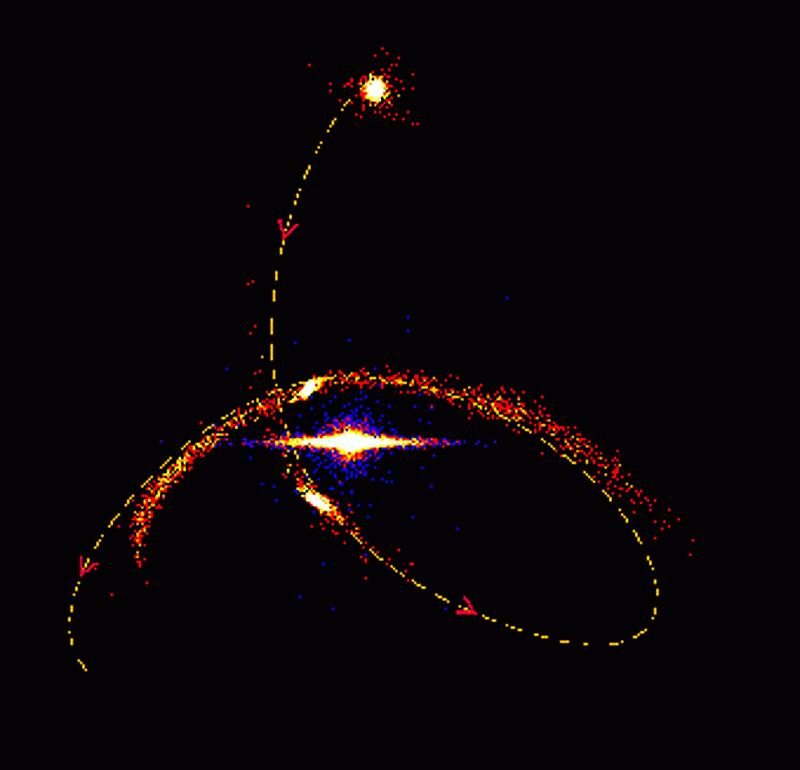
Small galaxies that belong to a local group, including both Magellanic clouds and all dwarf elliptical galaxies, will be broken in this way, and their matter will be included in larger galaxies with which they will unite.
So what, you say. This is not true death, since large galaxies like the Milky Way will survive. But we can not always be in this state. After 4 billion years, the gravitational pull of the Milky Way and Andromeda will drag us into a joint gravitational dance leading to a merger. And although the process will take billions of years, the spiral structure of both galaxies will be destroyed, and as a result one giant elliptical galaxy will appear in the center of our group: Milkdromed.
As a result, the other galaxies of our local group are also sucked in, and one giant galaxy will remain, consisting of all absorbed ones. Such a process will sooner or later occur in all connected groups and clusters of galaxies throughout the Universe, and dark energy will take groups and clusters further away from each other.
But this is not death, because the galaxy will remain anyway. But the galaxy consists of stars, dust and gas, and the amount of it all is finite.
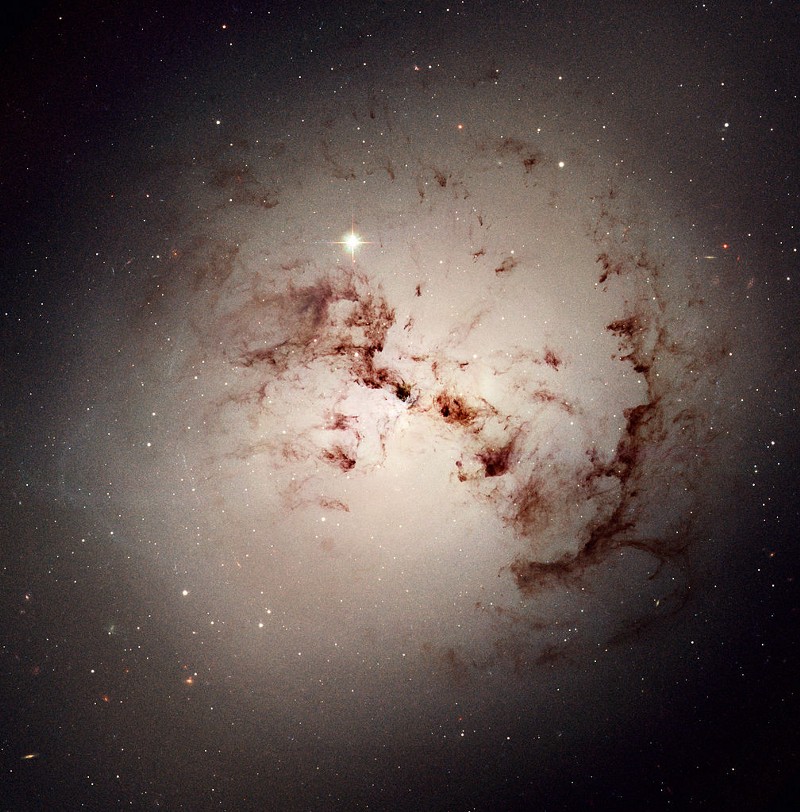
And although associations will take tens of billions of years, and dark energy will distance them from each other across the universe at distances leading to invisibility and inaccessibility, in time intervals measured by hundreds of billions of years, the stars will continue to live. The longest-lived stars of today will burn their fuel for more than ten trillion years, and new stars will be born out of gas, dust and stellar remains filling the galaxies - although in smaller quantities and less and less.
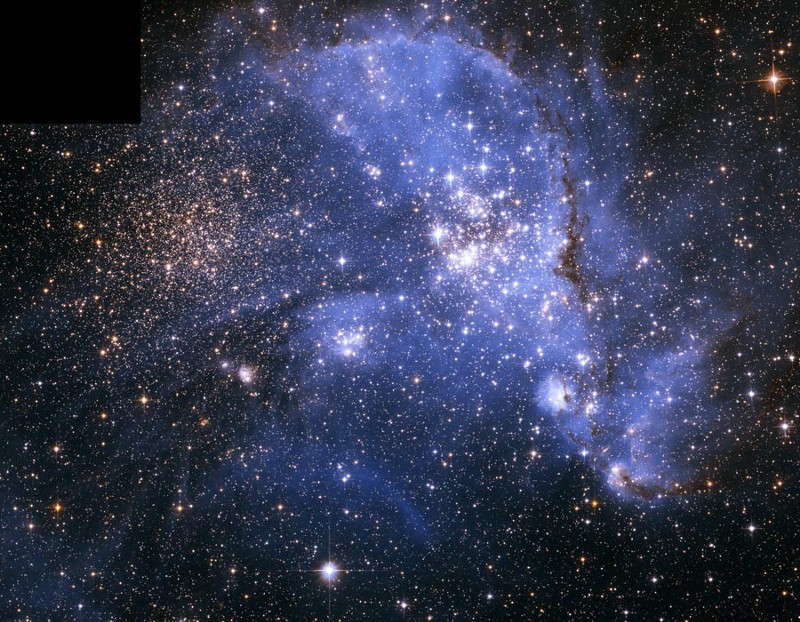
And when the last stars burn out, their remains — white dwarfs and neutron stars — will continue to shine for hundreds of trillions or even quadrillions of years until they darken. And when this inevitably happens, brown dwarfs will remain, under the stars, sometimes merging together, triggering nuclear fusion and creating starlight for tens of trillions of years.

And when the last star burns away, after tens of quadrillion years (10 16 ), there will still be mass in the galaxy. And even this can not be considered a real death.

But even in the dark the galaxy will not exist forever! All these masses will gravitationally interact with each other, and gravitational objects of different masses behave strangely:
• Repetitive spans and close encounters lead to exchanges of speeds and impulses.
• Objects of lesser mass are being ejected from the galaxy, while the larger ones are drowning towards the center and lose speed in the process of “forced relaxation” [violent relaxation].
• For a sufficiently long period of time, from 10 19 to 10 20 years, most of the mass will be ejected from the galaxy, and only a small percentage of the remaining mass will bind even more.
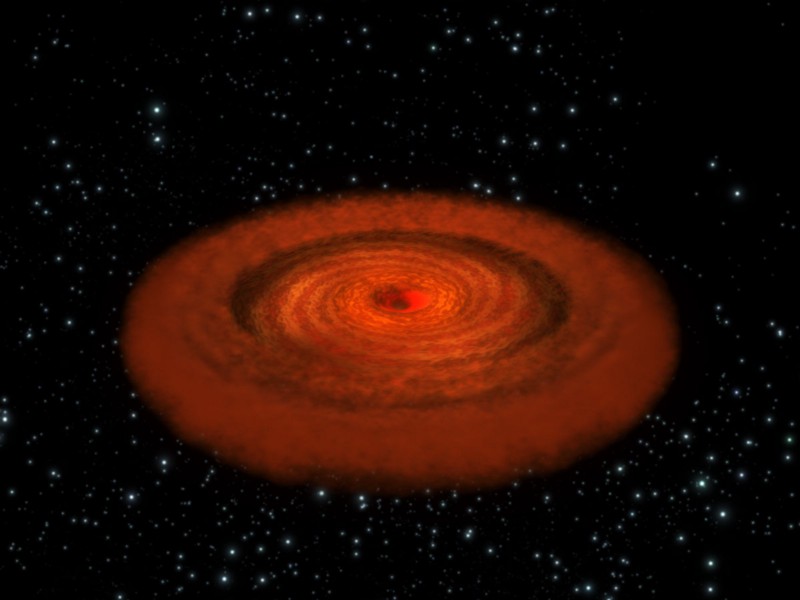
In the very center of the remnants of the galaxy there will be a supermassive black hole. And this object will be the last of the existing ones, first increasing to the maximum possible size, eating everything you can reach. In the center of Milkdromeda we will find an object hundreds of millions of times more massive than the Sun; for larger groups and clusters, black holes will have masses exceeding tens of billions of solar masses or even more!
But they will not live forever.
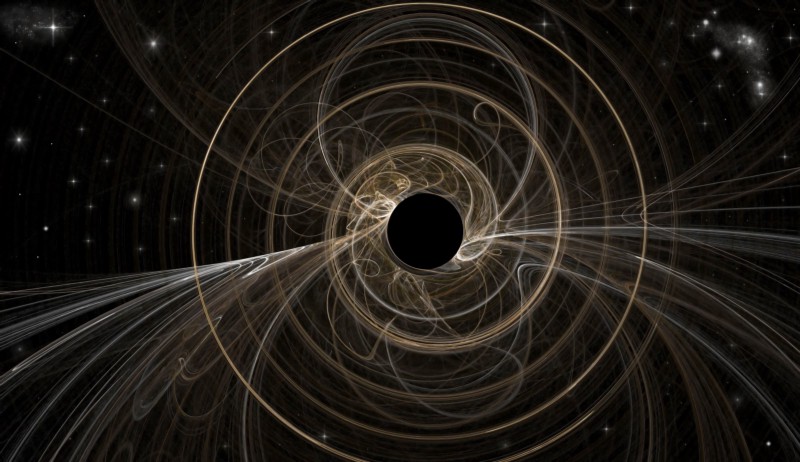
Due to Hawking radiation, these objects will disintegrate. It will take from 10 80 to 10 100 years, depending on their mass, but still they will disappear.
And no matter how you define the galaxy or its remains, they all definitely die. And how and when exactly - the exact answer to this question is yours!
Source: https://habr.com/ru/post/399625/
All Articles